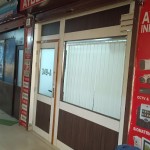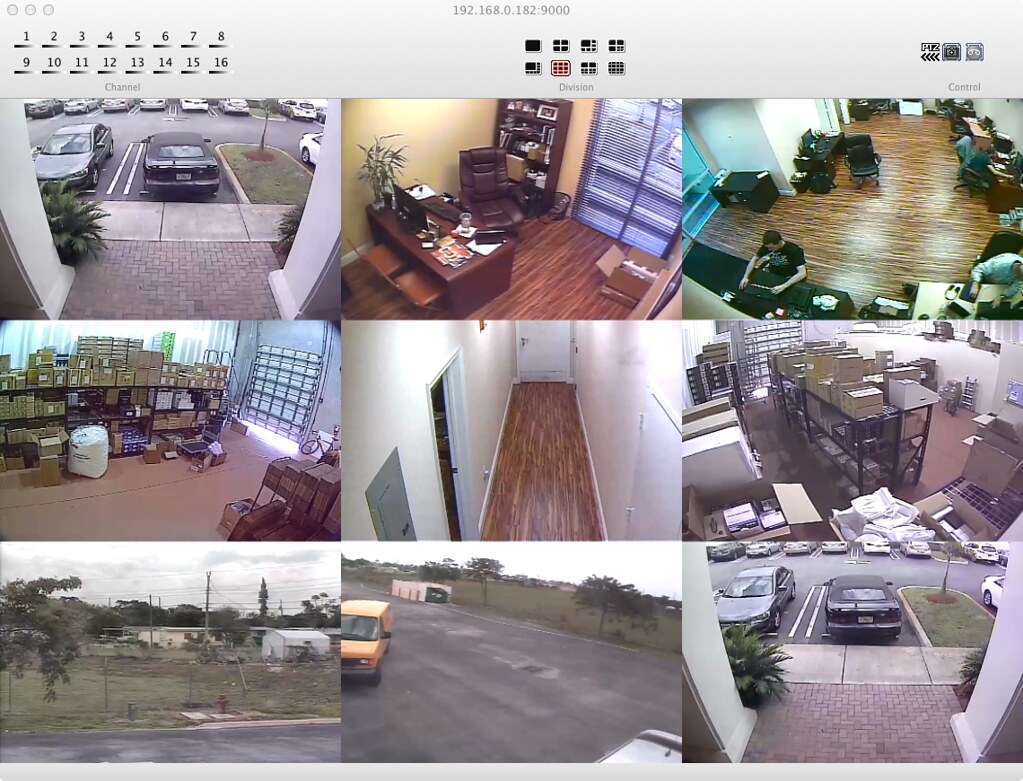In today's interconnected world, the ability to access CCTV footage remotely has become a game-changer in the realm of surveillance and security. Whether you're a homeowner, business owner, or facility manager, remote access to CCTV footage offers unparalleled convenience, flexibility, and peace of mind. But how does it work, and what are the benefits?
Let's delve into this transformative capability:
Understanding Remote Access to CCTV Footage:
Remote access to CCTV footage allows authorized users to view live video feeds and recorded footage from anywhere with an internet connection. This means you can monitor your property, premises, or assets remotely using a variety of devices, including smartphones, tablets, laptops, and desktop computers. By leveraging cloud-based storage and network connectivity, remote access technology empowers users to stay connected to their surveillance systems 24/7, regardless of their physical location.
How Does It Work?
Internet Connectivity: The key prerequisite for remote access to CCTV footage is a reliable internet connection. Whether through Wi-Fi or mobile data, your CCTV system must be connected to the internet to facilitate remote viewing.
Cloud-Based Storage or Network Video Recorder (NVR): CCTV systems equipped with cloud-based storage or NVRs enable seamless access to recorded footage remotely. Cloud-based storage platforms securely store video footage off-site, allowing users to access archived recordings from anywhere via the internet. Similarly, NVRs store recorded footage locally but enable remote access through network connectivity.
Mobile Apps and Software: Most modern CCTV systems offer dedicated mobile apps or software solutions that facilitate remote access. Users can download these apps or access web-based platforms to log in securely and view live video feeds or playback recorded footage remotely.
User Authentication and Security: To ensure data security and prevent unauthorized access, remote access to CCTV footage typically requires user authentication through secure login credentials. Encryption protocols and multi-factor authentication add layers of security to protect sensitive footage from unauthorized access or interception.
Benefits of Remote Access to CCTV Footage:
24/7 Surveillance: Stay connected to your surveillance system round the clock, allowing you to monitor your property or premises remotely at any time.
Real-Time Monitoring: Receive instant alerts and notifications on your mobile device when motion is detected or security events occur, enabling prompt response and intervention.
Convenience and Flexibility: Access live video feeds and recorded footage from anywhere, whether you're at home, in the office, or on the go, providing unmatched convenience and flexibility.
Enhanced Security: By keeping a watchful eye on your property remotely, you deter criminal activity, mitigate security risks, and ensure the safety and security of your premises and occupants.
Peace of Mind: Remote access to CCTV footage provides peace of mind, knowing that you can keep an eye on your property even when you're not physically present, empowering you to respond to emergencies or security incidents promptly.
Conclusion:
Remote access to CCTV footage is a transformative capability that revolutionizes the way we monitor and secure our properties. By leveraging internet connectivity, cloud-based storage, and mobile technology, remote access enables users to stay connected to their surveillance systems anytime, anywhere. Whether for residential, commercial, or institutional use, remote access to CCTV footage offers unparalleled convenience, security, and peace of mind, empowering users to take control of their security needs with confidence.






Comments